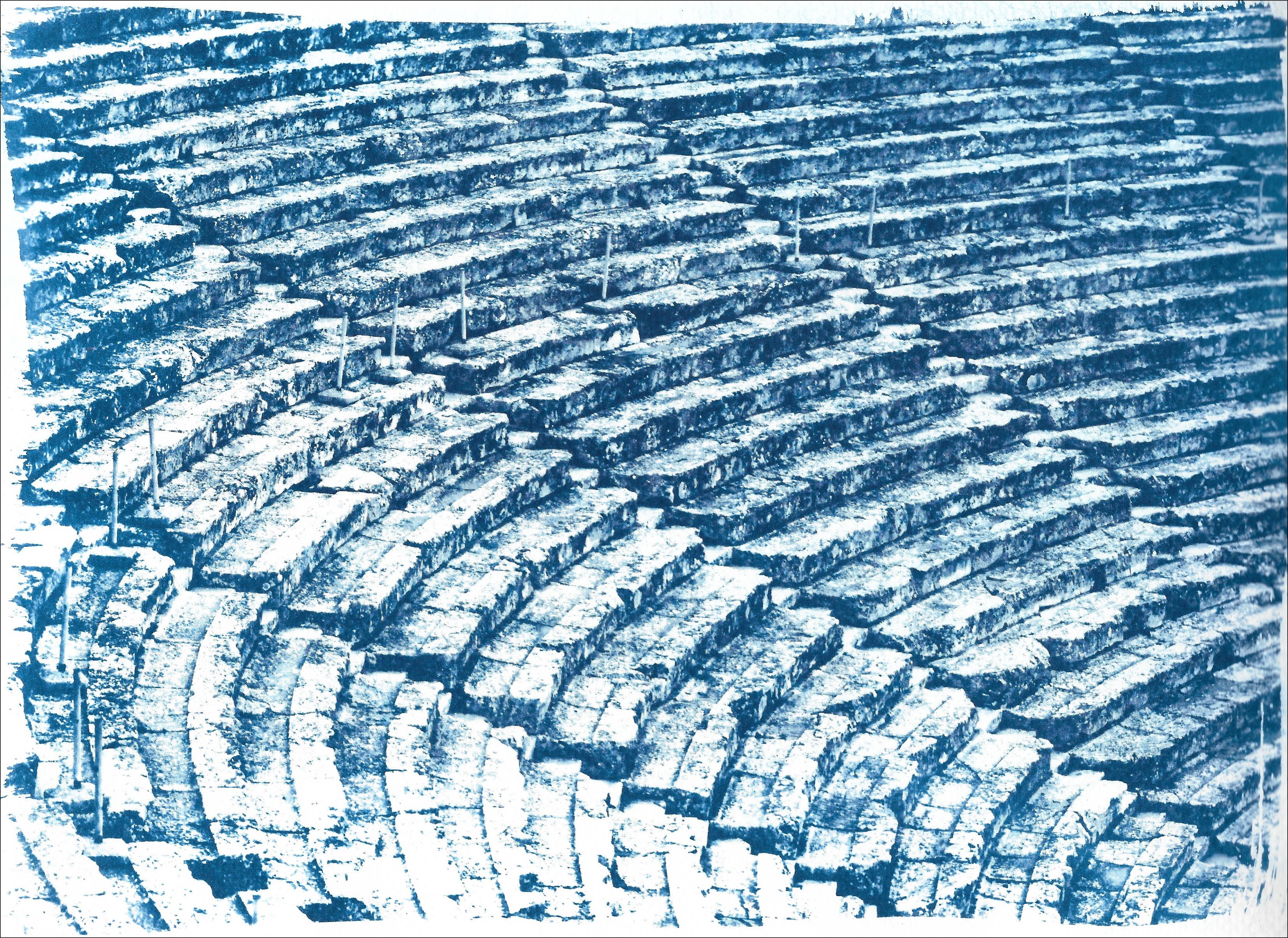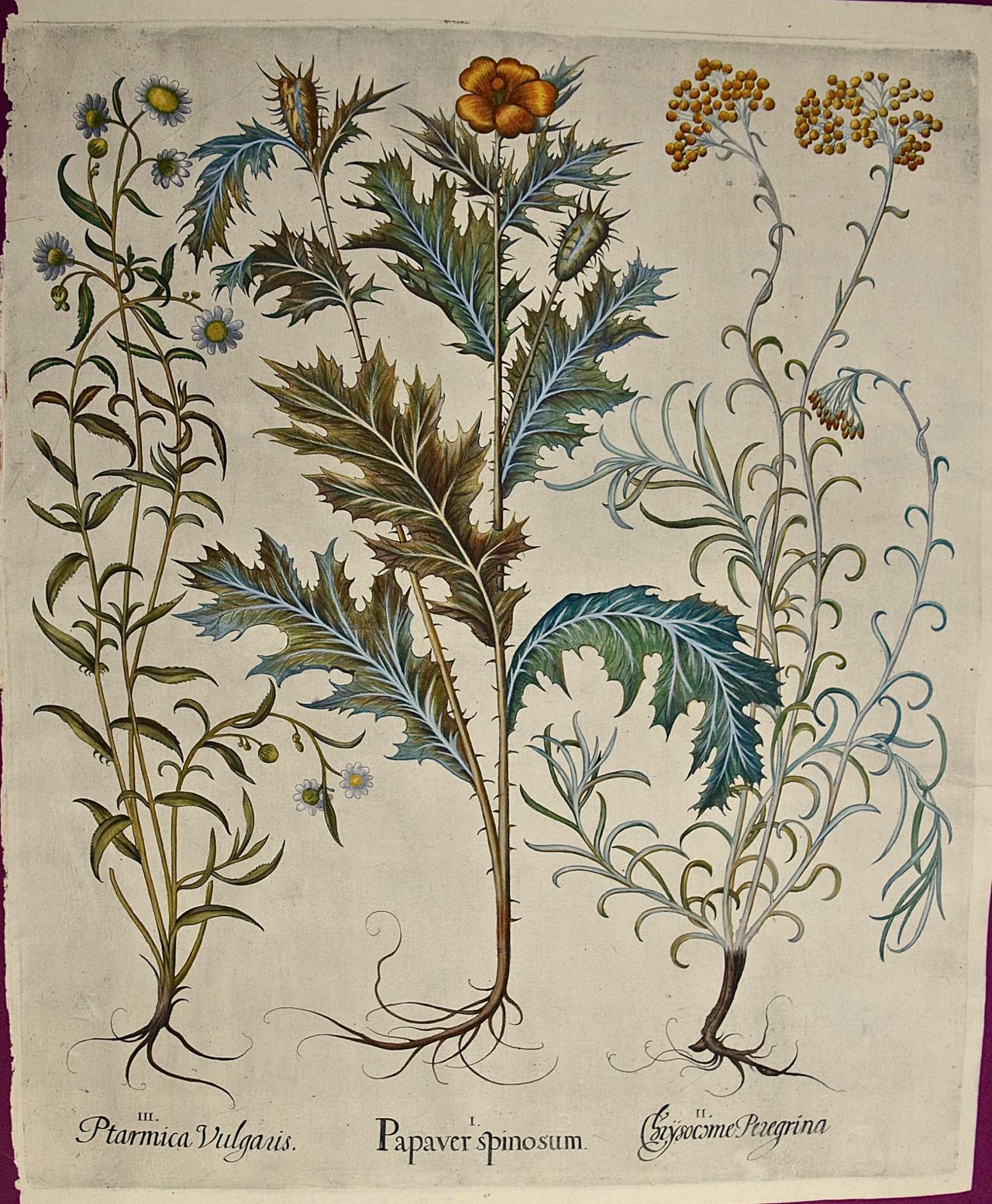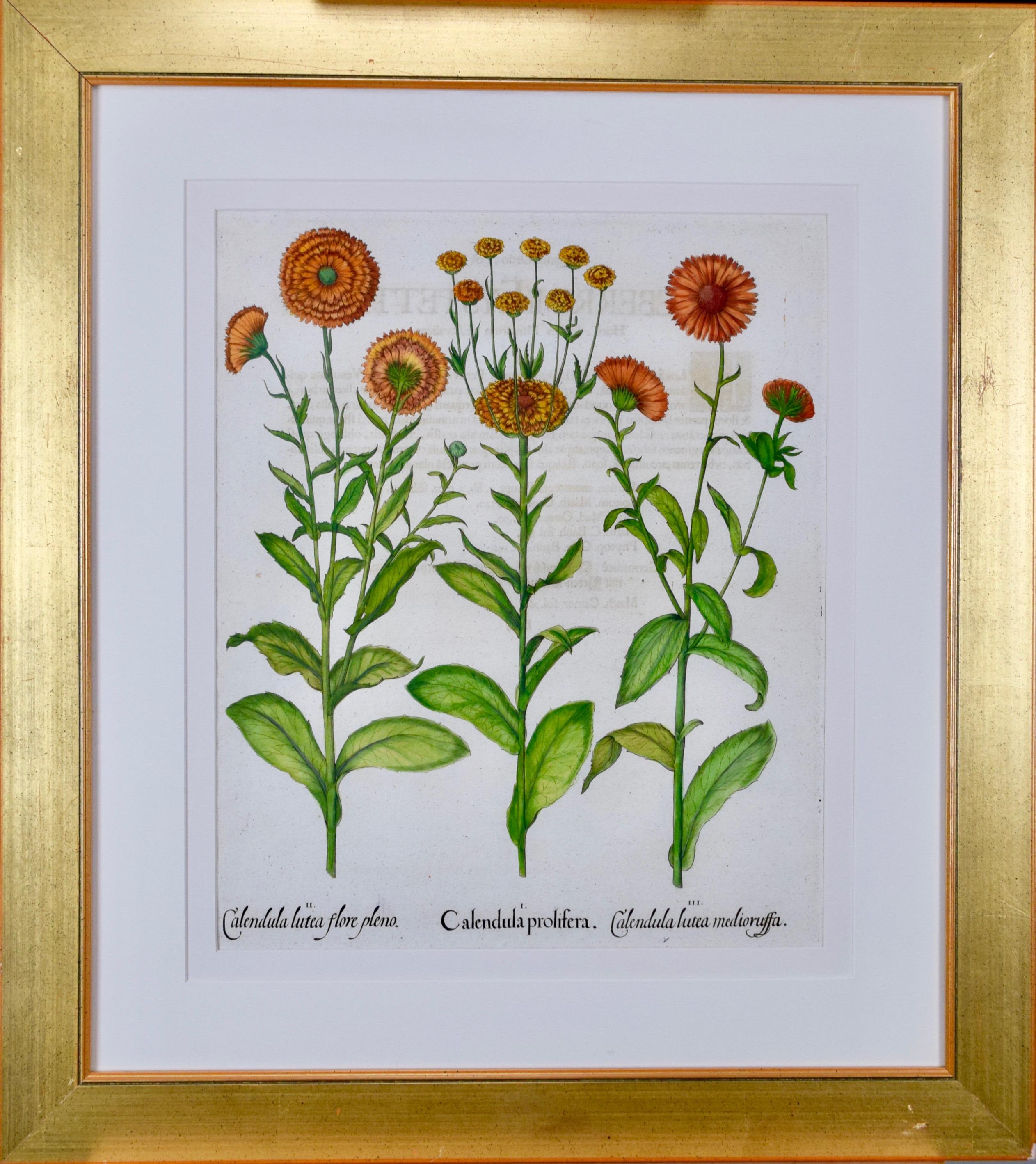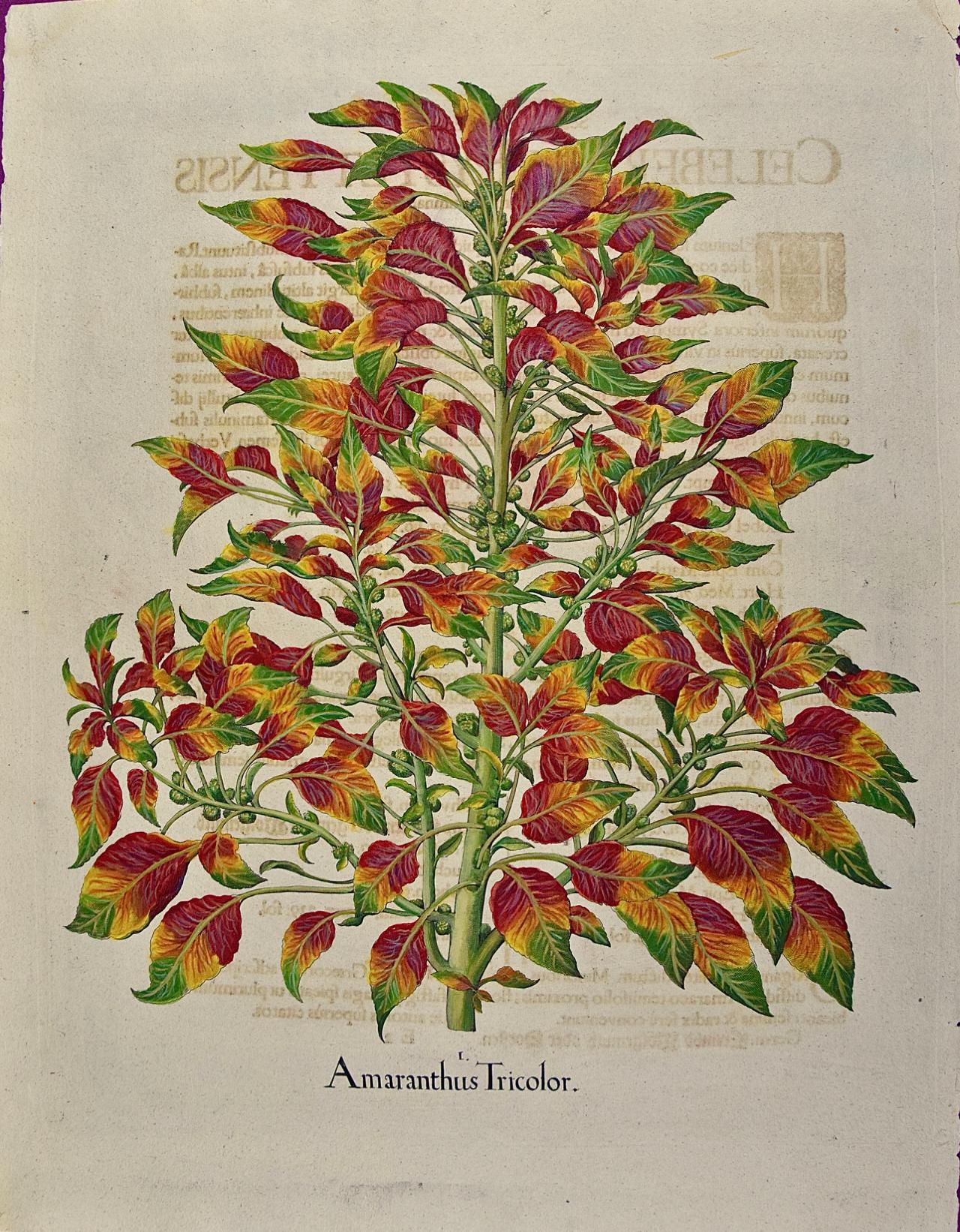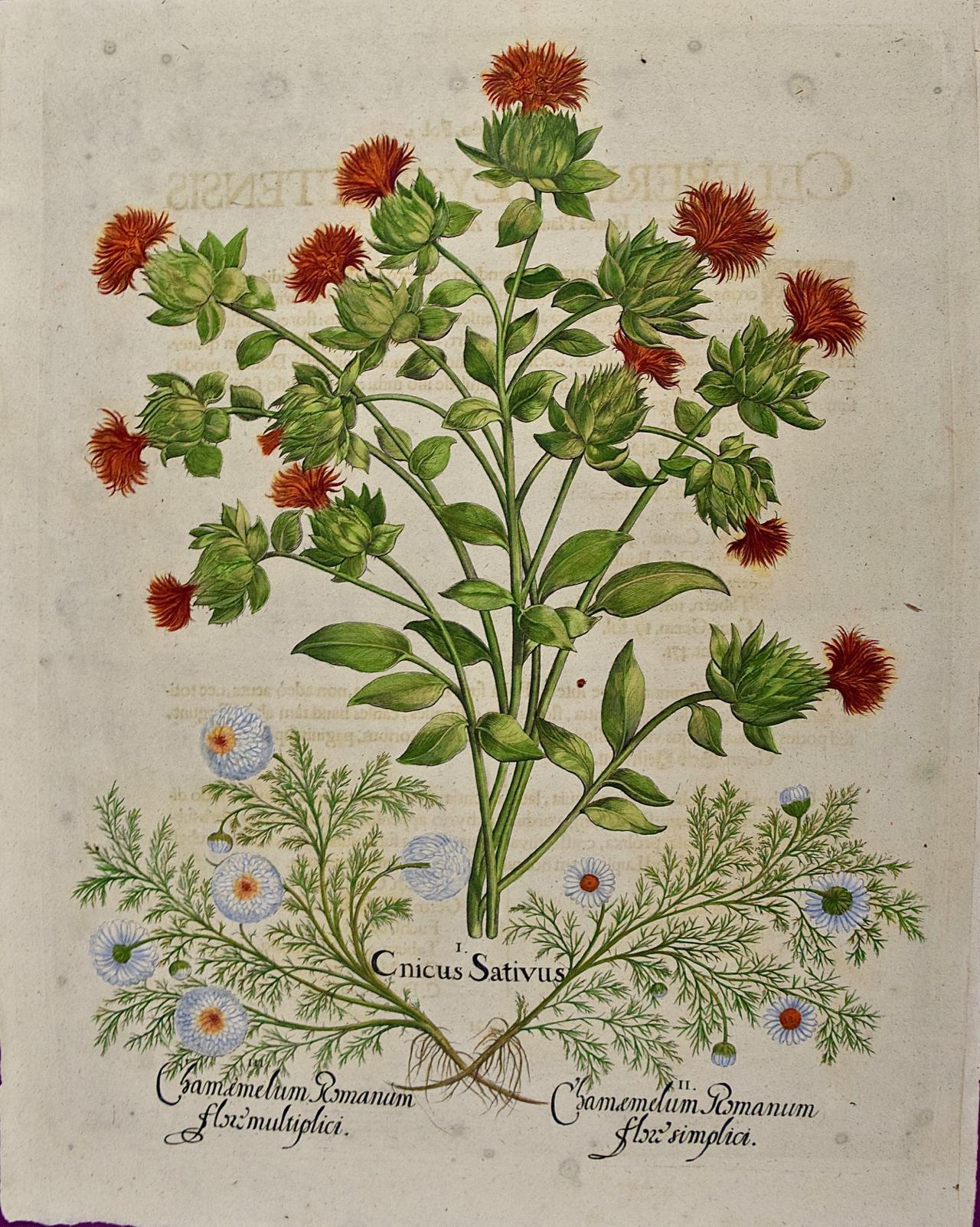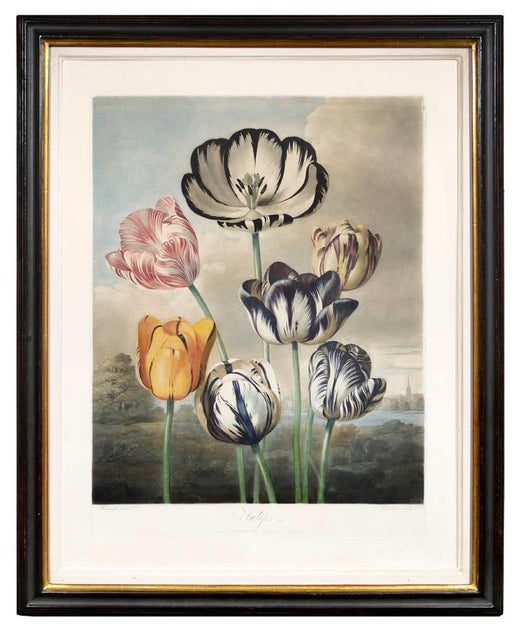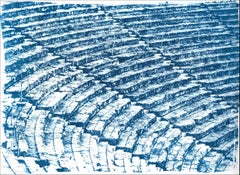
The Blue Passion Flower
View Similar Items
1 of 5
Dr. Robert John ThorntonThe Blue Passion Flower1800
1800
$9,750List Price
About the Item
- Creator:Dr. Robert John Thornton (1768 - 1837, English)
- Creation Year:1800
- Dimensions:Height: 39 in (99.06 cm)Width: 31 in (78.74 cm)
- Medium:
- Movement & Style:
- Period:
- Condition:Clean, crisp image. Original hand-coloring. Framed to museum specifications using archival matting, backing, hinging. Custom design mat opening with calligraphy title. Mirrored frame. Glazed with ultra-violet filtering Plexiglas.
- Gallery Location:Florham Park, NJ
- Reference Number:Seller: 2015 12-16-151stDibs: LU652725282
Dr. Robert John Thornton
Robert John Thornton (1765-1832) was attracted to natural history at an early edge and created his own botanical garden and an aviary as a boy. He graduated from Cambridge with a medical degree and set up practice as a London. He inherited his family fortune in 1797, which allowed Thornton the opportunity to devote time to his lifelong goal of creating an extensive scholarly work dedicated to the great classical Swedish naturalist, Carolus Von Linnaeus (1707-1778), also known as Carl von Linné, who developed a system for the classification of plants and animals, and is known as the father of taxonomy. Thornton's goal was to exceed any previous publication produced in any European country in terms of the scope of the project, the quality of the illustrations and the paper, as well as the beauty of the landscapes depicted as backgrounds for the plants. Thornton was the first person to incorporate landscape backgrounds with his botanical subjects. He wanted for the publication to be of both academic importance as well as artistic beauty. He dedicated his work and subsequent publication "The Temple of Flora; or Garden of Nature Picturesque Botanical Plates of the New Illustration of the Sexual System of Linnaeus" to Queen Charlotte. Thornton opened an art gallery to display the paintings from which the prints were made and as a place to sell subscriptions to the forthcoming books. Queen Charlotte, the Prince Regent, and the Emperor of Russia received copies of the book. Although the publication was not successful financially for Thornton, the stylization of the illustrated flowers and their historical, allegorical and fanciful backgrounds led to The Temple of Flora being considered one of the greatest botanical books of all time.
Authenticity Guarantee
In the unlikely event there’s an issue with an item’s authenticity, contact us within 1 year for a full refund. DetailsMoney-Back Guarantee
If your item is not as described, is damaged in transit, or does not arrive, contact us within 7 days for a full refund. Details24-Hour Cancellation
You have a 24-hour grace period in which to reconsider your purchase, with no questions asked.Vetted Professional Sellers
Our world-class sellers must adhere to strict standards for service and quality, maintaining the integrity of our listings.Price-Match Guarantee
If you find that a seller listed the same item for a lower price elsewhere, we’ll match it.Trusted Global Delivery
Our best-in-class carrier network provides specialized shipping options worldwide, including custom delivery.You May Also Like
Bird and Beetle - Etching and watercolor (Natural History of Birds, 1741)
By George Edwards
Located in Paris, IDF
George EDWARDS
Bird and beetle ('The Gowry Bird')
Original engraving, enhanced with watercolor
Printed signature in the plate
Dated, 1741
28.8 x 23.3 cm
Created for Volume I of the...
Category
1740s Academic Animal Prints
Materials
Engraving, Watercolor
Greek Architecture Blueprint of Ancient Amphitheatre Cyanotype Print, Watercolor
By Kind of Cyan
Located in Barcelona, ES
This is an exclusive handprinted limited edition cyanotype.
Details:
+ Title: Ancient Roman Amphitheater
+ Year: 2022
+ Edition Size: 50
+ Stamped and Certificate of Authenticity provided
+ Measurements : 70x100 cm (28x 40 in.), a standard frame size
+ All cyanotype prints...
Category
2010s Academic Still-life Photography
Materials
Photographic Film, Emulsion, Watercolor, C Print, Lithograph, Monotype, ...
Venice, Rialto Bridge - Original etching and watercolor, 1831
By Dionisio Moretti
Located in Paris, IDF
Dionisio MORETTI
Venice, Rialto Bridge, 1831
Original etching
Finely enhanced by hand with watercolor
On vellum 26 x 41 cm (c. 10.2 x 16 inch)
Ve...
Category
1830s Academic Landscape Prints
Materials
Watercolor, Etching
Venice, View of the Grand Canal - Original etching and watercolor, 1831
By Dionisio Moretti
Located in Paris, IDF
Dionisio MORETTI
View of the Grand Canal, 1831
Original etching
Finely enhanced by hand with watercolor
On vellum 26 x 41 cm (c. 10.2 x 16 inch)
...
Category
1830s Academic Landscape Prints
Materials
Watercolor, Etching
Venice, Santa Chiara Island - Original etching and watercolor, 1831
By Dionisio Moretti
Located in Paris, IDF
Dionisio MORETTI
Venice, Santa Chiara Island, 1831
Original etching
Finely enhanced by hand with watercolor
On vellum 26 x 41 cm (c. 10.2 x 16 inc...
Category
1830s Academic Landscape Prints
Materials
Watercolor, Etching
Four 19th Century Hand Colored Engravings Depicting English Royal Residences
By Charles Wild
Located in Alamo, CA
Four hand colored etchings and aquatints depicting interiors within English royal residences, including "The Blue Velvet Room at Carlton House", "The Queen's Library at Frogmore", "T...
Category
1810s Academic Interior Prints
Materials
Engraving
